Feeding the flow
There are numerous applications for the hydroforming process in various industry sectors to manufacture lighter, stronger, as well as rigid, one-piece structures. Read our article in the March 2024 issue of ISMR below.
============
Hydroforming is a metal fabrication and forming process which enables the shaping of metals such as steel; stainless steel; copper; aluminium and brass. This process is a specialised type of die moulding that utilises highly pressurised fluid to form metal. It is one of the most advanced forming techniques used in the automotive industry.
This specialised deep draw process uses high-pressure rubber to shape and form metal workpieces. In sheet hydroforming, a metal sheet is placed over a die before highly pressurised water forces it down and makes it conform to the shape of the mould. In tube hydroforming, a pre-existing tube is set between two dies, and water pushes the interior of the tube to expand and conform to the new shape. Both processes allow for the seamless forming of new shapes and parts in common metal alloys without welds.
Hydroforming is a strong choice for developing complex, irregularly shaped parts or products. The final shape can be achieved in fewer steps and with less manual correction. Heavy gauge and difficult materials can be formed into complex shapes with close tolerances.
Internal high-pressure forming (hydroforming) is, in fact, a methodology for the manufacture of hollow metal components, a process that has grown enormously since the mid-1990s. There are numerous applications for the process in various industry sectors to manufacture lighter, stronger, as well as rigid, one-piece structures.
Global automotive market for hydroformed parts
The global automotive hydroformed parts market is estimated, by analyst Coherent Market Insights, at US$ 12 billion in 2023, exhibiting a compound annual growth rate (CAGR) of 7.4% from 2023 to 2030.
“The rise in stringent government rules regarding emissions, the rise in demand for lightweight vehicles and an increase in vehicle production is expected to drive growth of the market. However, a rise in the usage of composite materials and high initial capital investments can hamper the growth of the market. Increasing sales of electric and hybrid vehicles, the rise in complex automotive parts and higher numbers of better and durable automotive parts are an opportunity for growth of the automotive hydroformed parts market,” explained the analyst.
According to Coherent’s report, North America is expected to account for the largest share of the global automotive hydroformed parts market, due to the presence of large numbers of automotive manufacturers in the region. The U.S. is the largest market for automotive hydroformed parts in North America, followed by Canada and Mexico.
“North America has been a prominent market for automotive hydroformed parts. The presence of major automobile manufacturers and their focus on lightweighting vehicles has driven the demand for hydroformed parts. The region has witnessed the adoption of hydroformed components in various vehicles including passenger cars, SUVs and light trucks,” continued the analyst.
The automotive industry is also seeing a trend towards miniaturisation, as manufacturers look to create more compact and fuel-efficient vehicles. Hydroformed parts can be used to create complex and intricate shapes (e.g. the Chevrolet Corvette Stingray uses a hydroformed aluminium chassis).
“One of the main trends in the automotive industry is the increasing demand for lightweight vehicles. This is being driven by stricter emissions regulations, as well as the need to improve fuel economy. Hydroforming is an ideal technology for manufacturing lightweight parts, as it allows for complex shapes to be created with minimal material waste. This is especially important for electric vehicles, which need to be as lightweight as possible to maximize range. For instance, Ford F-150 uses a hydroformed structural cage, made of high-strength steel, in its F-150 pick-up trucks. This eliminates the need for welding, which reduces weight and improves strength,” added the analyst.
Market opportunities include the increased integration of Advanced Driver Assistance Systems (ADAS); hydroformed parts can provide the necessary structural support and mounting solutions for these advanced systems. The growing adoption of electric vehicles (EVs) means an increasing need for EV charging infrastructure. Hydroformed parts can be used to manufacture components such as charging station housings, mounting brackets and cable management systems.
Market restraints, cited the analyst, included the lack of standardised design guidelines and manufacturing processes for hydroformed parts as well as higher levels of complexity on manufacturing times.
Sheet hydroforming
Sheet hydroforming is a metalforming process that uses pressurised hydraulic fluid in a flexible diaphragm to shape sheet metal against a single, un-mated tool. The process can create a wide range of complex geometric shapes from a variety of materials including aluminium; steel; stainless; titanium; niobium; Inconel; copper; composites and more.
To read the rest of this article in the March 2024 issue of ISMR, please see https://joom.ag/ZkAd/p34


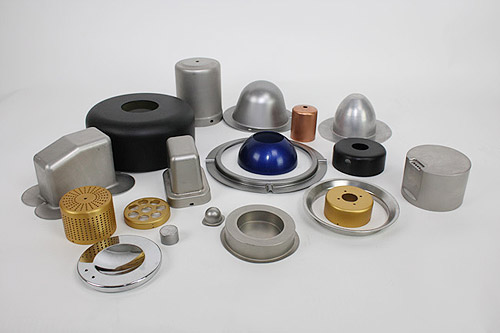



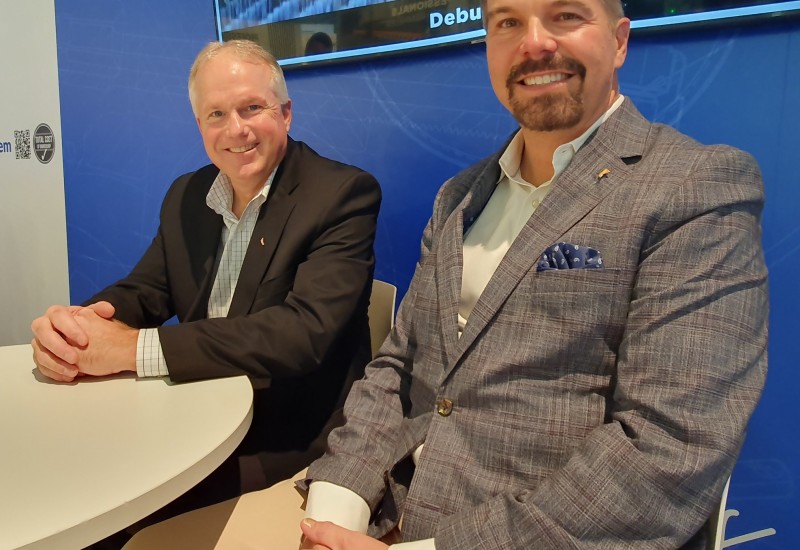




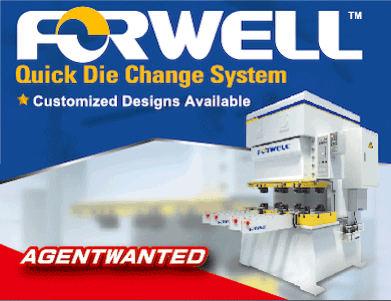



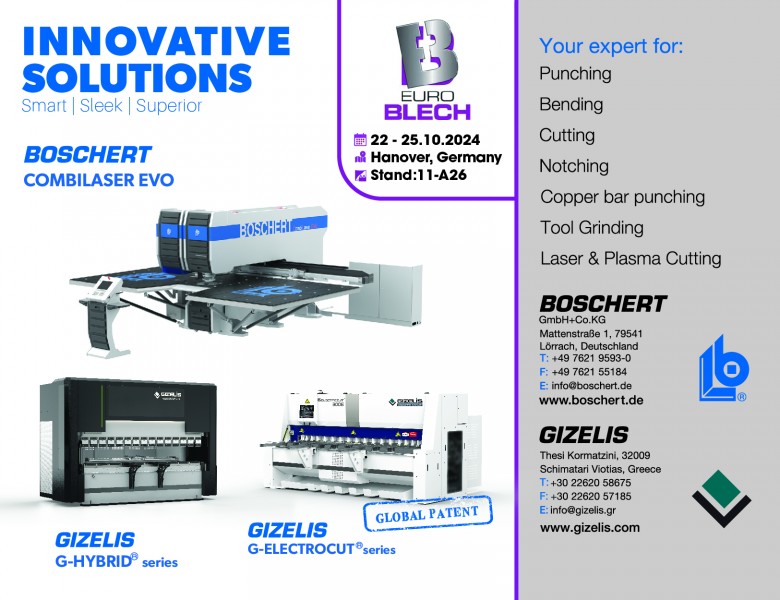

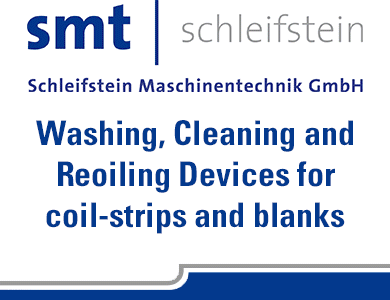
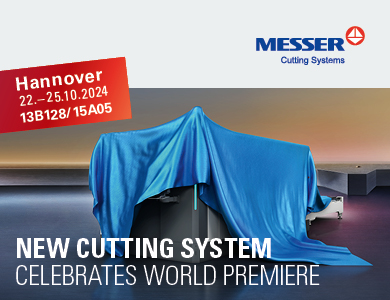
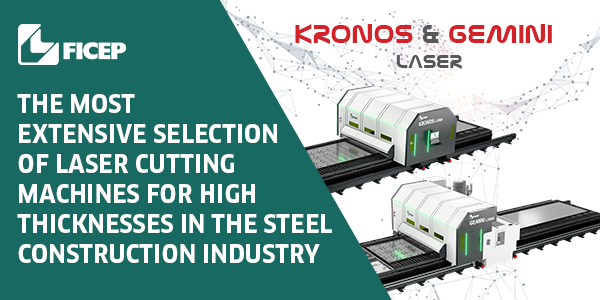
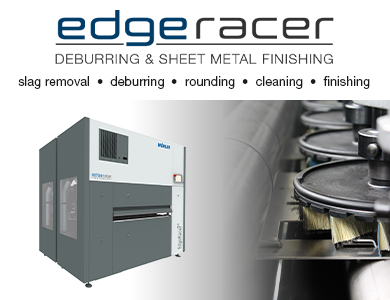

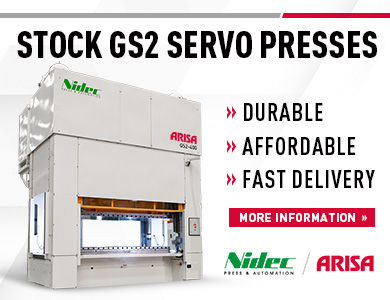
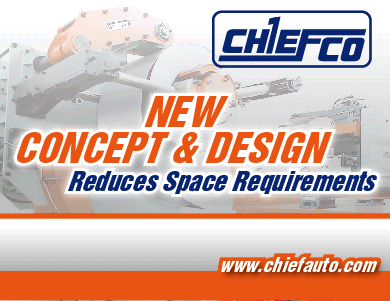

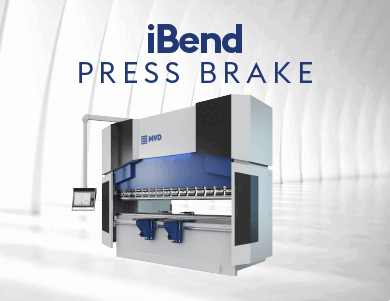
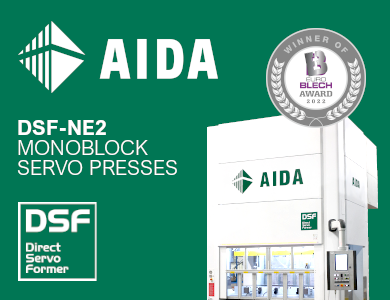

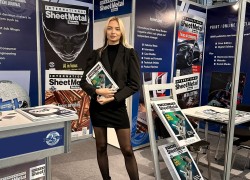
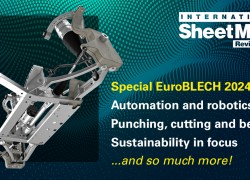
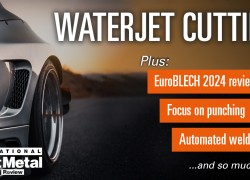

Recent comments